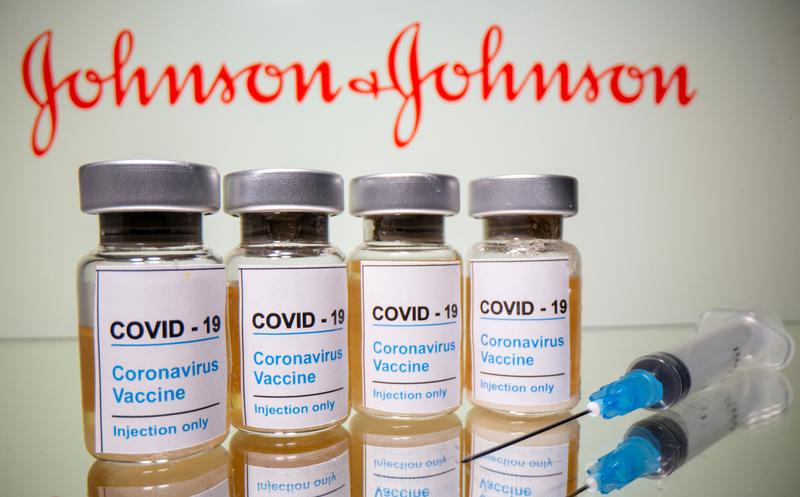
Why are there so many issues with getting the coronavirus vaccine in DC?
While we’re only a couple of months into 2021, the shadow that was 2020 is slowly beginning to fade thanks to the hope of a third vaccine by Johnson & Johnson, as well as the current vaccination rollout process to combat the coronavirus. Even during some of these destructive snowstorms, many are holding on to the idea that we’re only a few more months away before we can finally return to what feels like a “normal” lifestyle.
This week, we learned that we’re only weeks away from having a third vaccine joining the brigade as we continue to fight off this novel coronavirus, a deadly virus that has been linked to over two million deaths worldwide.
However, while many of those deemed “essential” have been getting their coronavirus vaccines, such as healthcare workers and the elderly, there are still many who are struggling to even sign up for a shot, even if they meet all the criteria. Has technology failed us again? Let’s delve into the full story.

Current coronavirus vaccines
Currently, there are two vaccines that are being utilized in the U.S., combating the spread of the coronavirus in hopes of putting a stop to the current global pandemic. The first vaccine, by Pfizer-BioNTech, was first administered in the U.S. in early December 2020. The second vaccine to fight COVID-19 was developed by Moderna, which was also first given to those defined as “high exposure risks” in December 2020.
Both of these coronavirus vaccines are estimated to fight the coronavirus with an effectiveness rate of over 92%. However, both vaccines currently require two separate doses, with each needing several weeks in between to build the proper antibodies.
While scientists & medical experts are still waiting on more data, early determination suggests that both of these current vaccines can protect people against the concerning new variants from the UK & South Africa. However, Pfizer did come out with a report on Thursday suggesting that development for a third “booster” shot is already underway, made to specifically target the new variants and their spike proteins.

Johnson & Johnson vaccine
This week, the world was given the joyous news that the FDA was currently reviewing a third coronavirus vaccine developed by Johnson & Johnson. This vaccine, while not as efficient as Pfizer & Moderna, is said to have an effectiveness rate of over 85%, and only requires a single shot, which is huge in terms of rallying our way towards herd immunity. That is, of course, if people are willing to get the shot.

Registration issues
While the vaccination process is still pressing on, there seem to be constant issues in administering these vaccines in an organized manner. It’s fair to point out that this is a completely new process in our lifetime, and that many of our science & health professionals are learning on the fly. That being said . . . really, technology? This isn’t an online presale for a Jonas Brothers concert!
Twitter has exploded these past few days thanks to Washington D.C. residents who have been hopeful about getting their vaccine for the coronavirus. Videos & testimonies have been posted showing how the Districts registration site has been facing many tech-related issues. This included freezing up, deleting information, and even refusing to accept the correct “captcha” inserts.
How can we administer the vaccine if we can’t even get people properly signed up for one? Whoa . . . major Zoolander vibes right there.

Timeline to “normalcy”
Dr. Anthony Fauci told NBC’s Today last week how, despite the occasional tech issues, that the pace for the coronavirus vaccines is “picking up”, and that by April it will be “open season, namely virtually everybody and anybody in any category could start to get vaccinated.”
What does this mean in regard to returning to “normalcy”?
Dr. Fauci has stated previously how over 70+% of the U.S. population would need to be vaccinated in order to establish some type of herd immunity, where enough of the population is vaccinated to establish a protective cover from COVID-19.



